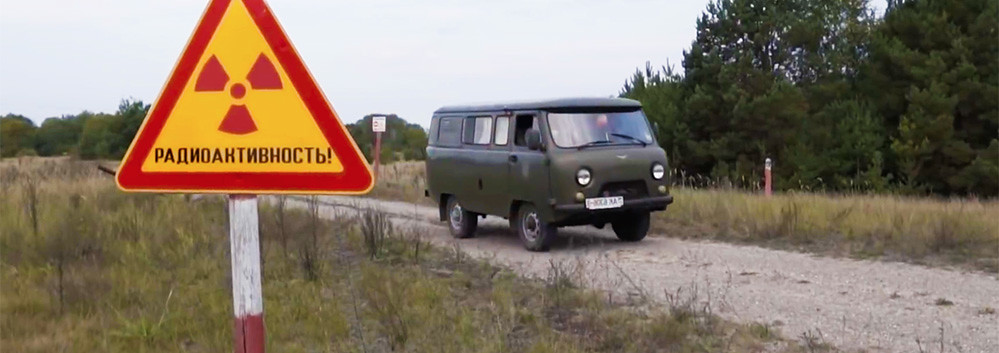This is the Dead Zone of Belarus: the most restricted of all those around Chernobyl
When someone talks about the accident of the Chernobyl nuclear power plant in 1986, many people associate it with Ukraine. However, that country was not the most affected by that catastrophe.
The old nuclear power station is located in the north of Ukraine, near the current border of that country with Belarus, the most closed of the former Soviet republics and where the vestiges of the communist dictatorship survive today. 23% of the territory of Belarus was affected by radiation. 70% of the radioactive particles emitted by the plant during the accident ended in Belarusian territory. As a result of the disaster, 135,000 Belarusians were evacuated from their homes and relocated elsewhere, and many were affected by radioactivity.
As a consequence of radioactive contamination, in the region of the Belarusian city Gomel life expectancy was reduced by five years between 1985 and 2000. In 1992, two years after its declaration of independence, Belarus invested 20% of its national budget in expenses related to the Chernobyl accident. Today there are exclusion zones in two large regions of the country, in the south (between the Ukrainian border and Khoyniki) and in the east (between the border with Russia, from Krytchaw to the vicinity of Gomel). In the following map, prepared by the group of Dutch urban explorers Exploring the Unbeaten Path, we see the exclusion zones of northern Ukraine and southern Belarus:

At present day, Belarus is the country with the most surface within the "Dead Zone" caused by the accident. Unlike the exclusion zone of Ukraine, which allows limited visits, the exclusion zones of Belarus are closed to tourism. Despite this, last year the aforementioned Dutch explorers got a permit to access the exclusion zone closest to the Ukrainian border and the Chernobyl plant, accompanied by the Belarusian explorers group Meridian28 and some military of that country. They published their experience in this video (it is in Dutch, with subtitles in English):
There is one thing that has caught my attention in this video: the explorers touch a lot of objects in the abandoned houses. I do not know the levels of radiation found in those specific places, but I am surprised that they have been allowed to touch abandoned objects in such a restricted nuclear exclusion zone, considering that they may be contaminated.
|
Don't miss the news and content that interest you. Receive the free daily newsletter in your email: Click here to subscribe |
- Lo más leído
- A British fairytale ruin: the abandoned shoe house on the Isle of Wight
- The interior of the Statue of Liberty torch and the sabotage that canceled its visits
- A virtual tour of ancient Rome in full color, just as it was in its heyday
- The supermassive black hole of Phoenix A, the biggest known light-devouring monster
- The unknown Soviet female cosmonaut who died on a mission: history or hoax?
- A large collection of Volkswagen cars hidden in an abandoned mine in Switzerland
- An old Soviet military plane abandoned from 1971 on a Russian island near Alaska

 ES
ES





Opina sobre esta entrada: